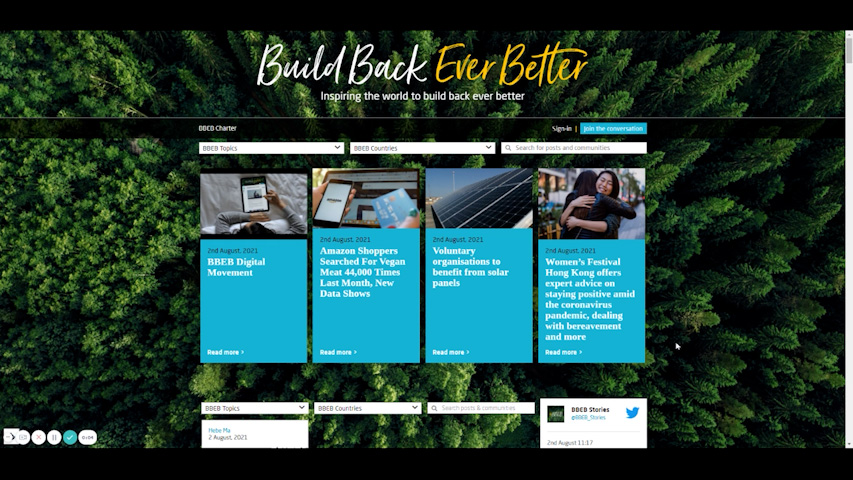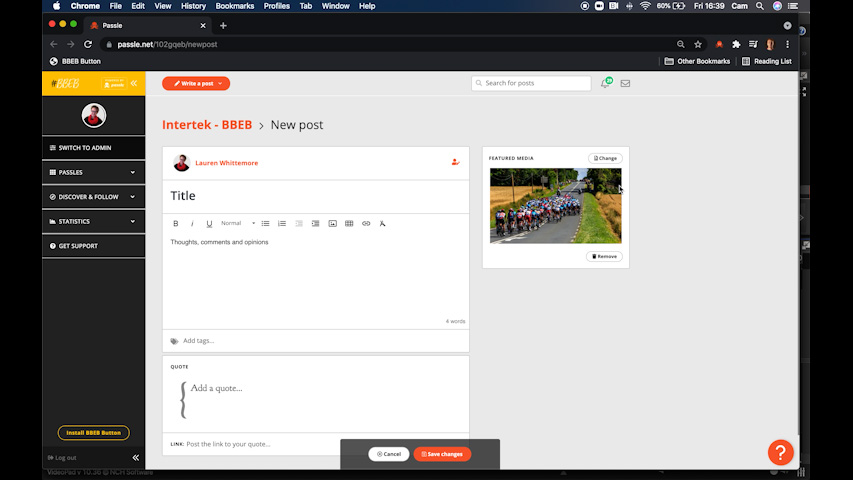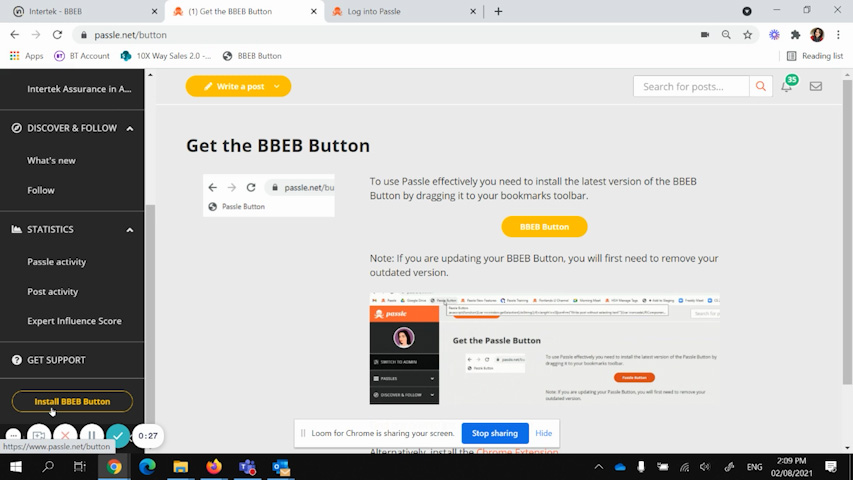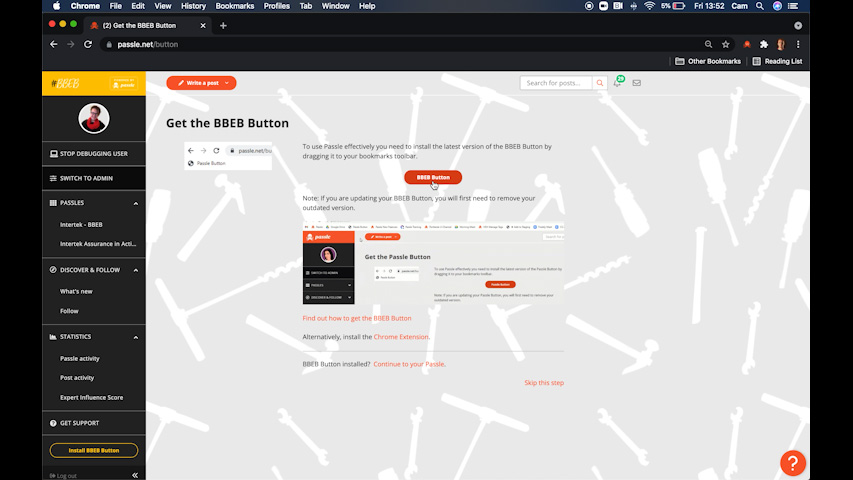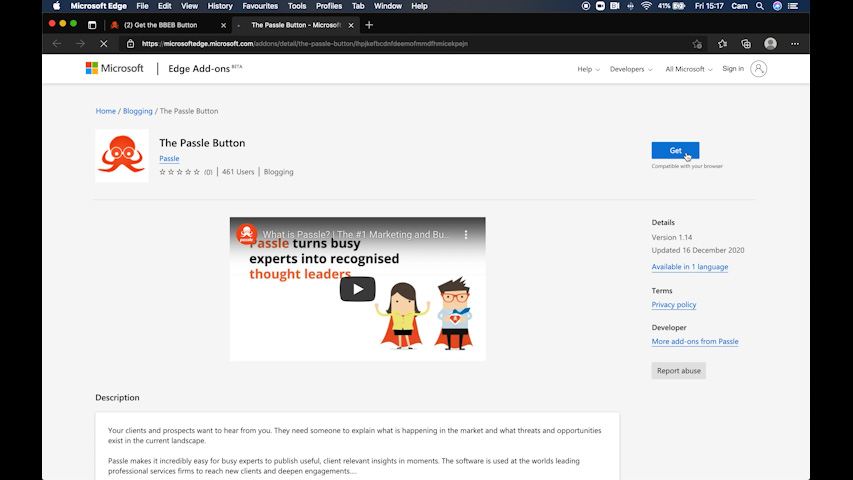With a rising awareness of the benefits of ensuring company websites are accessible (thanks to initiatives like GAAD and The Valuable 500) companies are seeing the value in disability inclusion and accessibility.
Many countries have legislation to drive accessibility, in the US there has been a surge in lawsuits over inaccessible websites, in part due to the increase online activity driven by the pandemic.
Threatening organizations with lawsuits for not being accessible—or making changes because you fear your business could fall foul of such a claim—is the wrong way to go about making websites and apps more accessible. “If you really want to make lasting change in a company, it’s the hardest argument to make but the most important,” says Bigham. “And it’s that accessibility is a value, that it’s just important that everybody be able to access the content or services you are providing.”
Web accessibility is not a onetime effort, it requires systemic changes to ensure all the teams involved in developing and publishing content on the website are aware of best practice. While this article is about how this is emerging as a CIO priority, this is not an IT challenge, web accessibility can't be fixed by buying software. Web Accessibility is more complex and needs people and process changes to deliver truly accessible websites. Web accessibility is part of a wider need for businesses to become inclusive for everyone, such a broad change requires commitment from the CEO.
“Right now, one-fourth of the U.S. population is considered to have a disability. It’s a huge market,” says Joshua Basile, an advocate, philanthropist, lawyer, and quadriplegic. Consumers with disabilities spend nearly $500 billion every year in the U.S. alone












